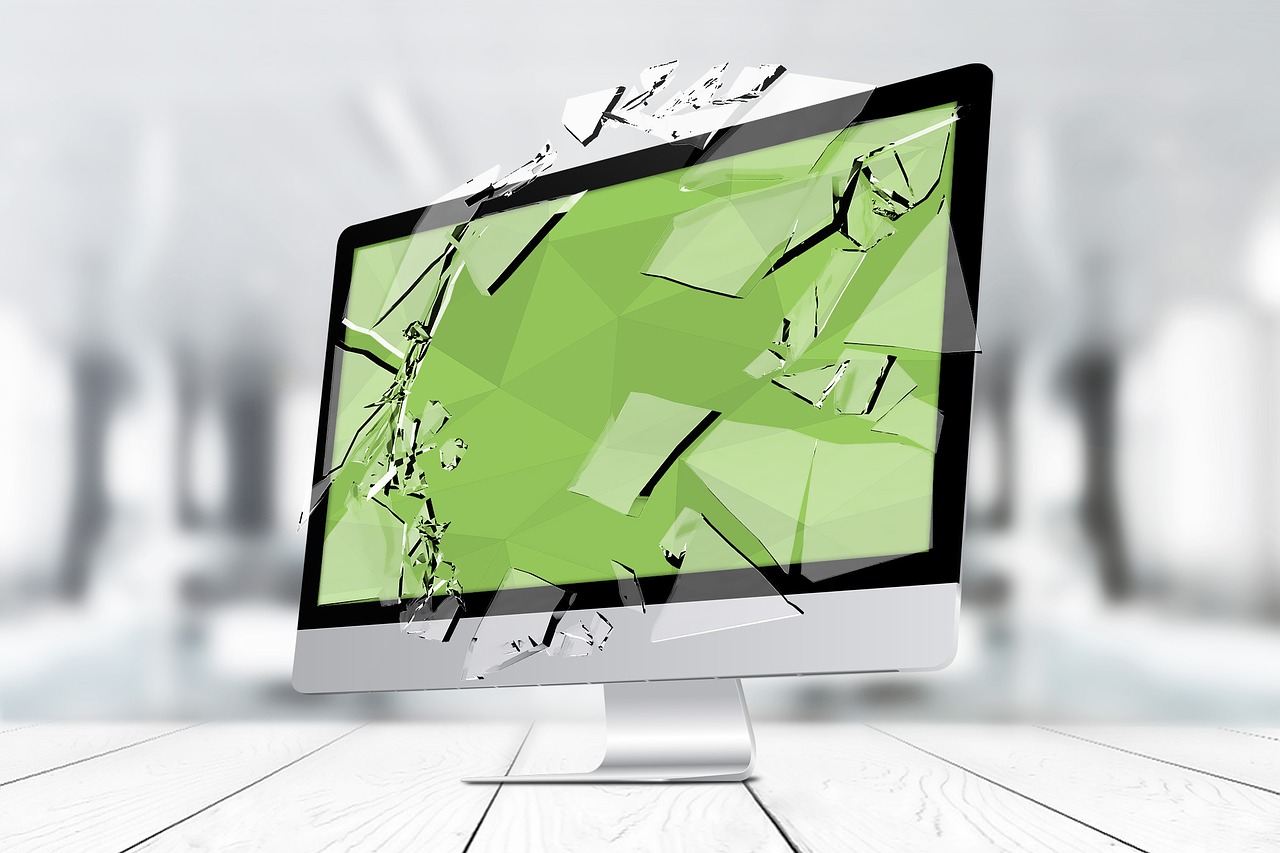This has happened to most of us. You’re in a hurry to meet a looming deadline. You switched on the computer and waited patiently for it to turn on. When you see your computer’s logo come up, everything goes dark.
The next thing you know, your computer restarted, and you were presented with a blue screen of death (BSOD).

Computer crash vs computer freeze
There can be multiple reasons for this experiencing the dreaded BSOD. It could be a hardware issue or a software problem. If you have owned several computers or laptops as part of your work equipment, you might have to deal with this more often than the average user.
Before you start troubleshooting, though, it is essential to know the difference between a crash and a freeze. A crash means that the computer turns off or restarts abruptly. On the other hand, a freeze is when your computer stops responding to any input. The mouse cursor might still be moving, but you won’t be able to click.
If you’re sure that it is a computer crash, you would need to find out why your computer crashed in the first place.
What causes a computer to crash?
What you need to do first is to find out if the problem is with the hardware or software. Then decide on what to do once you know the cause.
Hardware problems: Overheating fan
One of the most common hardware issues that can cause a computer to crash is an overheating problem. The fan might not be working correctly, or dust is blocking the vents. These can cause the computer to overheat and crash.
The first thing you can do is check the maker’s website for any driver updates. Several computer manufacturers have established their websites for this purpose.
For instance, I was in the middle of an important project when my trusted Dell computer failed to boot. I looked up Dell’s website on how to troubleshoot an overheating desktop.
You can also clean the vents and ensure that the fan is working correctly. You can use a compressed air duster to clean them. Just point it in the direction of the vent and let the air blow out the dust.
As for the fan, you can test it by blowing on it. If you feel a strong gust of wind, then the fan is working correctly. If not, then you might need to replace it.
Software problem: Installing corrupted drivers
Another possible cause of a computer crash is when you install a corrupted driver. This can be due to some malware or if the driver was not installed correctly.
When my computer was new, I remember I needed Illustrator software as part of my training. Without really knowing how it works, I installed it on my computer. Unfortunately, the file I downloaded was corrupted, and it installed a lot of malware in my system. From then on, my computer started crashing more often.
It is important to only download files from trusted websites. If you’re not sure about the source, it is always best to do a quick Google search first. You can also check the reviews to see any reported issues with the file.
As for installing drivers, it is always best to do it manually. This way, you can ensure that the driver is compatible with your computer’s specifications.
You can go to the manufacturer’s website and look for the latest driver for your model. Once you have downloaded the file, you can install it by double-clicking on it. If you’re not sure how to do this, you can always refer to the manufacturer’s instructions. They usually have a step-by-step guide on how to install the drivers properly.
If the problem persists, you might need to take your computer to a tech support specialist as there could be an underlying issue.
Takeaway
While there are many potential causes of your PC crashing, keep in mind that there is a good chance that Windows is just trying to avoid an even bigger disaster. By understanding the reasons behind these crashes, you can take steps to prevent them and keep your data safe.
